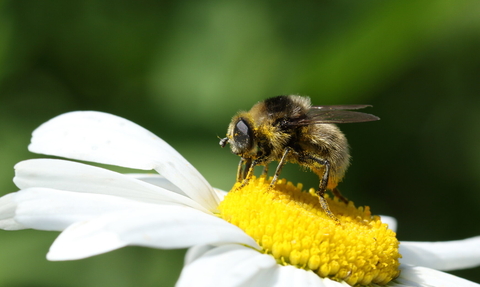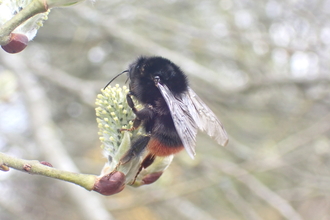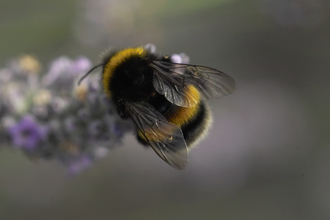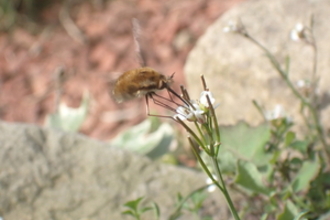
Pollinator on a daisy © Vaughn Matthews
Planting for Pollinators
The primary cause of the decline in wild bees and other pollinating insects is the loss of flower rich habitat.Department for Environment Food & Rural Affairs
What's the project's aim?
The Planting for Pollinators project aims to reverse pollinator decline in Cumbria. This work for pollinators started in summer 2023.
Who funds it?
Funded by Cumberland and Westmorland and Furness Councils from Summer 2023 - present
Thanks to new funding through the Environment Fund from Westmorland and Furness Council, and Cumberland Council, we are carrying out pollinator friendly works in Barrow, South Lakeland and Copeland areas of Cumbria. This work for pollinators started in summer 2023.

How you can help
Help deliver Cumbria’s Plan Bee's strategy by joining the increasing number of people & organisations taking action for pollinators. Make your pledge to support our native pollinators
Blog

Looking out for spring's pollinators
With daylight lasting longer each day, spring is well underway across Cumbria. This means that many of our early pollinators have…

Planting for Pollinators gets underway
The Planting for Pollinators project gets underway

A fly in disguise - meet the dark-edged bee-fly
Out in spring, dark-edged bee-flies are one of the first pollinators you’ll encounter in the year. A furry fly with a high-pitched buzz…
